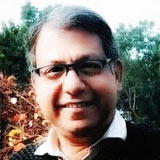Indian Museum brings Rakhaldas Banerjee and his discoveries to public
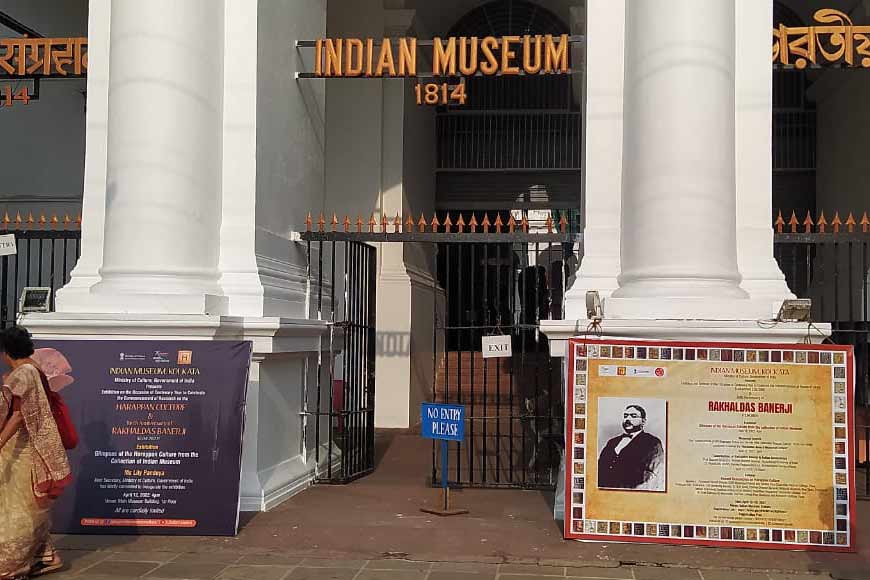
The Indian Museum recently witnessed an eclectic Seminar titled ‘Recent Researches on Harappan Culture’ last week. There was a display of various artifacts too that were unearthed from the Harappan Civilisation, one of the oldest civilisations of the world. Eminent academicians Prof. Vasant Shinde, (CSIR Bhatnagar Fellow, CSIR Centre for Cellular and Molecular Biology, Hyderabad and Former Vice-Chancellor Deccan College Pune), Prof. V. H. Sonawane, Former HOD, Department of Archaeology, MS University Baroda, Dr. B. R. Mani, Former Director-General, National Museum, New Delhi, Prof. Jeevan Kharakwal, Institute of Rajasthan Studies, Rajasthan Vidyapeeth University Udaipur and Dr. Aarti Deshpande Mukherjee, Assistant Professor Archaeozoology, Deccan College Post Graduate and Research Institute, Pune, presented their respective papers on recent researches held on none other than Rakhaldas Banerjee, the Bengali archaeologist and historian who stumbled upon the Indus Valley Civilisation during the British rule and unearthed one of the most treasured human settlement.
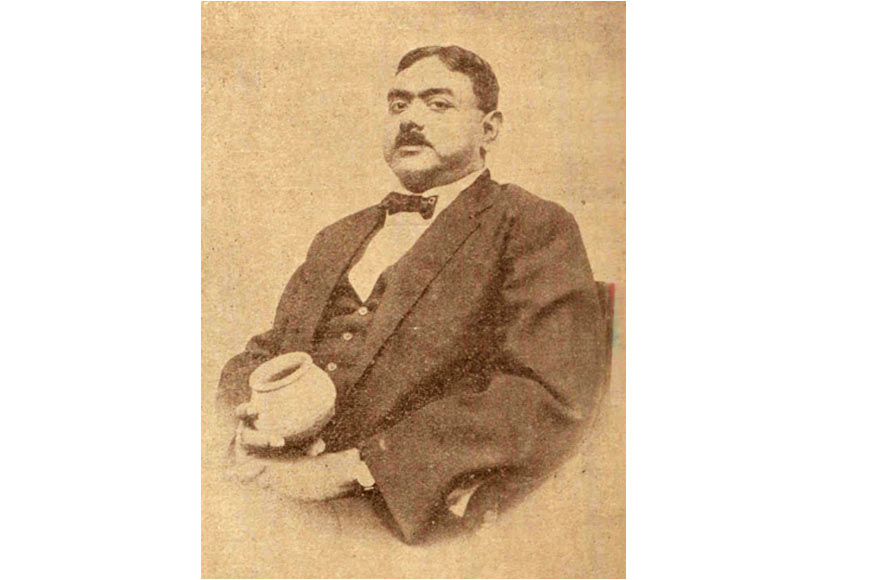
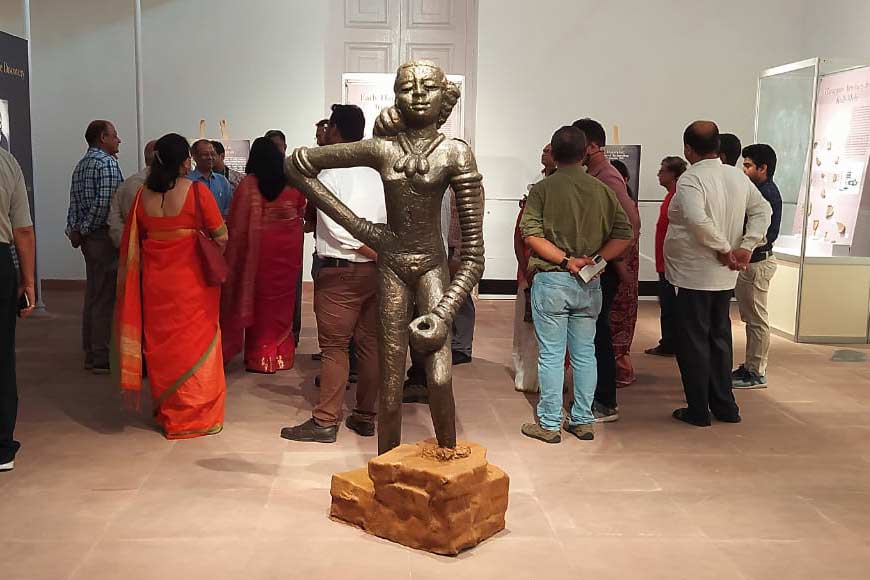
It was a unique gathering of students, scholars, researchers, professors, and ex-servicemen, who were mesmerized by the insightful talks of the speakers. The academic session concluded with the distribution of the certificates to all the participants. It was held to commemorate the 137th birth anniversary of Rakhaldas Banerji. Prof. Gautam Sengupta, former Director General of Archaeological Survey of India delivered a talk on contributions of Rakhaldas Banerji to Indian Archaeology. Born in a zamindar family of Murshidabad, Rakhaldas was a competent scholar of Indian art and architecture and joined Indian Museum as an assistant after completing his Master’s degree from Presidency College. He was soon promoted to the post of Assistant Superintendent in the Archaeology Survey of India, Western Circle in 1917.
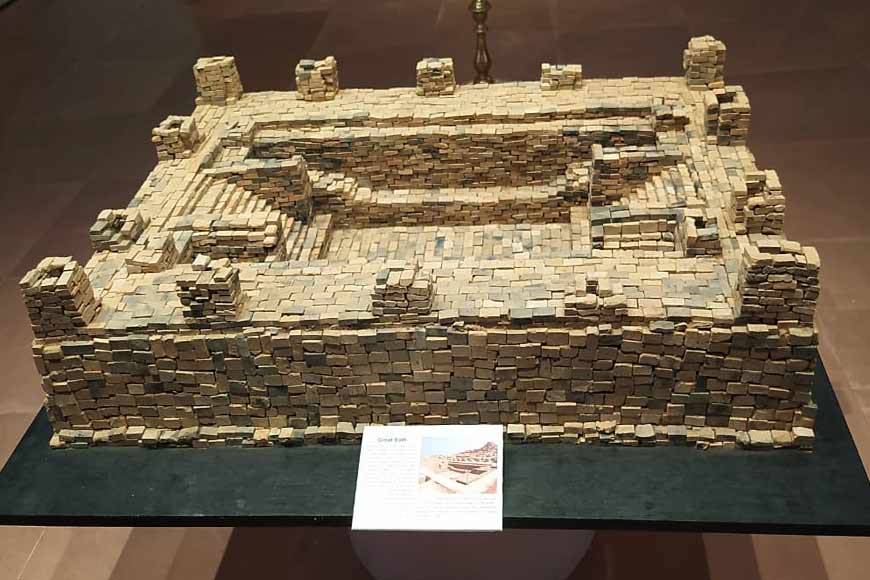
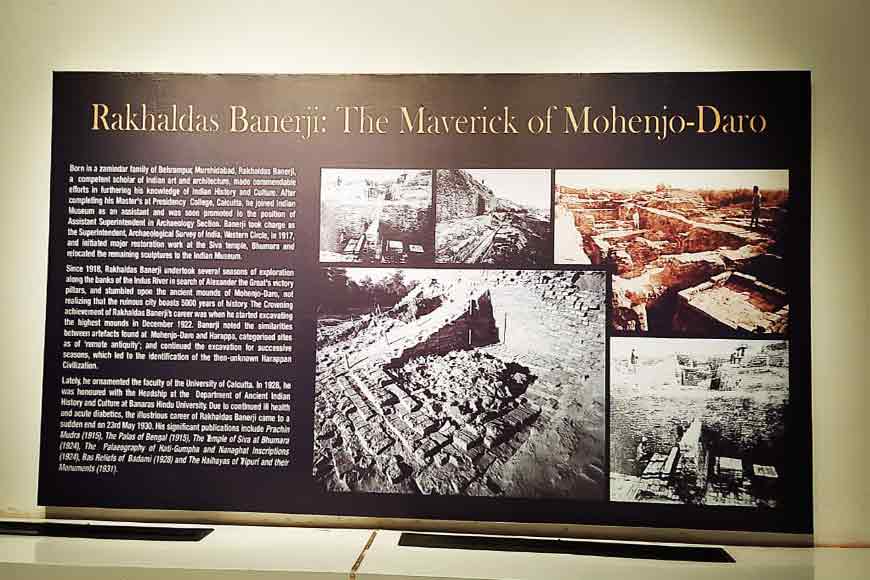
Since 1918, he took several seasons of exploration along the banks of the Indus River in search of Alexander the Great’s victory pillars. It was on one such expedition that he stumbled upon the ancient mounds of Mohenjodaro and Harappa, little realizing that this area had a 5,000 year old history. The crowning achievement of his career was when he started excavating the highest mounds in 1922. He immediately realized the similarities between the artifacts dug at Mohenjodaro and those at Harappa and categorized the sites as ‘remote antiquity.’ He continued the excavations for successive seasons, which finally led to the identification of the unknown Harappan Civilization.
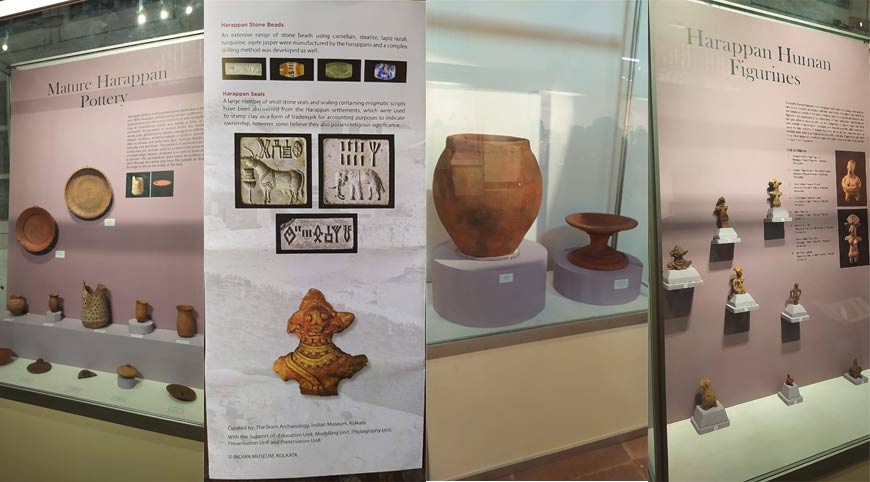
The exhibition has on display rare coins, artifacts, statues and pottery unearthed by Rakhaldas. There is also the figurine of the famous Dancing Girl of the Indus Valley Civilization.






